What is the Difference Between an ISO Tank and a Normal Tank?
When it comes to transporting bulk liquids, the choice of the tank and truck can significantly impact the efficiency, safety, and cost-effectiveness of the operation. 2 primary options are ISO tanks and normal tanks (commonly known as non-ISO or traditional tanks). Each type has distinct features, advantages, and applications. This article delves into the differences between ISO tanks and normal tanks, providing a comprehensive understanding of their characteristics and uses.
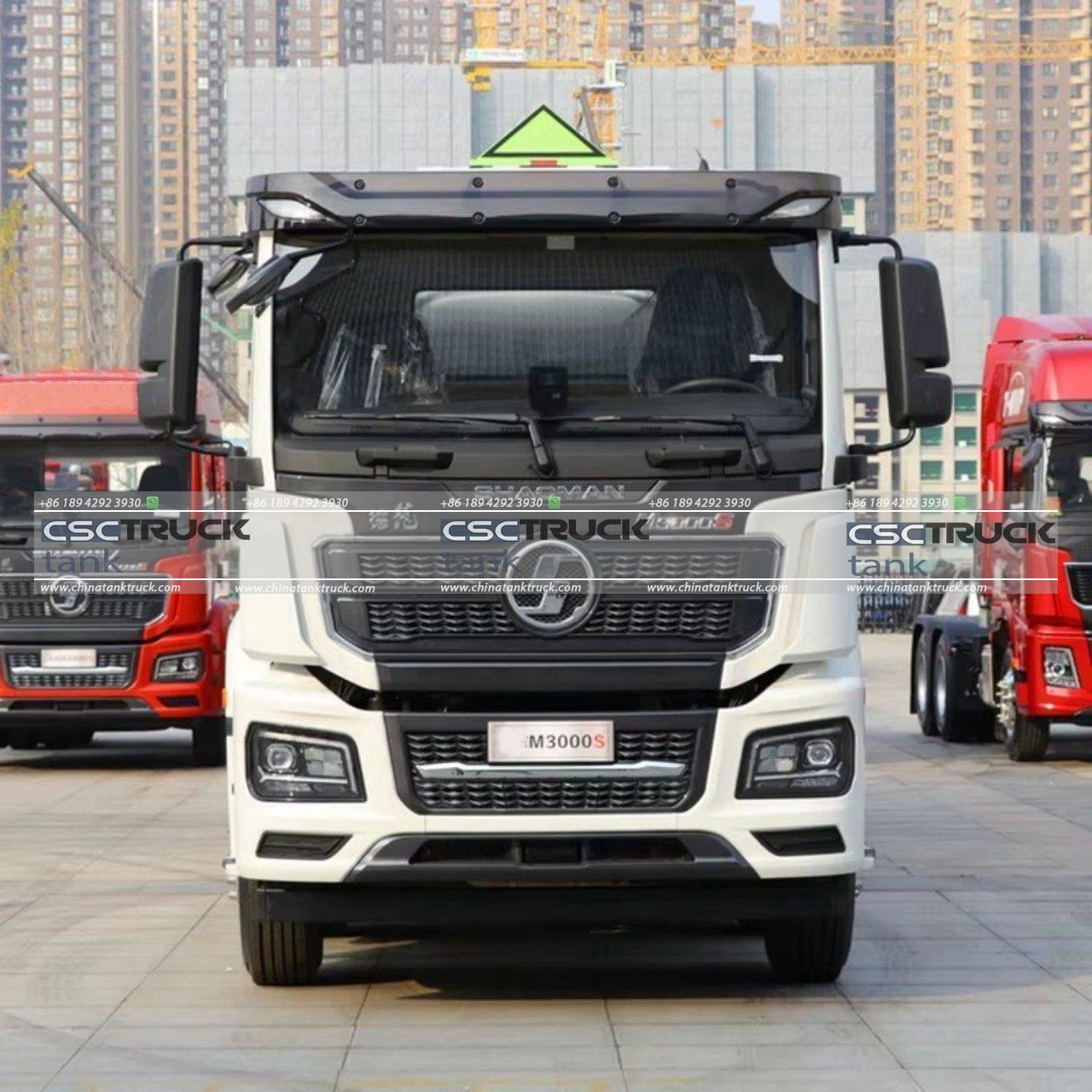
1. Definition and Design
ISO Tanks:
ISO tanks, or ISO tank containers, are standardized, reusable storage containers designed for transporting bulk liquids, gases, and powders. These tanks are built to conform to the International Organization for Standardization (ISO) specifications, ensuring they meet specific dimensions, structural integrity, and safety standards. Typically, an ISO tank is made of stainless steel and is encased in a steel frame to protect the container and facilitate easy handling.
Normal Tanks:
Normal tanks, on the other hand, refer to non-ISO tanks that vary widely in design, size, and material based on their intended use. These tanks can be stationary or mobile and are often customized to meet specific requirements. They may be constructed from various materials, including steel, aluminum, or plastic, and are used in diverse industries such as agriculture, manufacturing, and oil and gas.
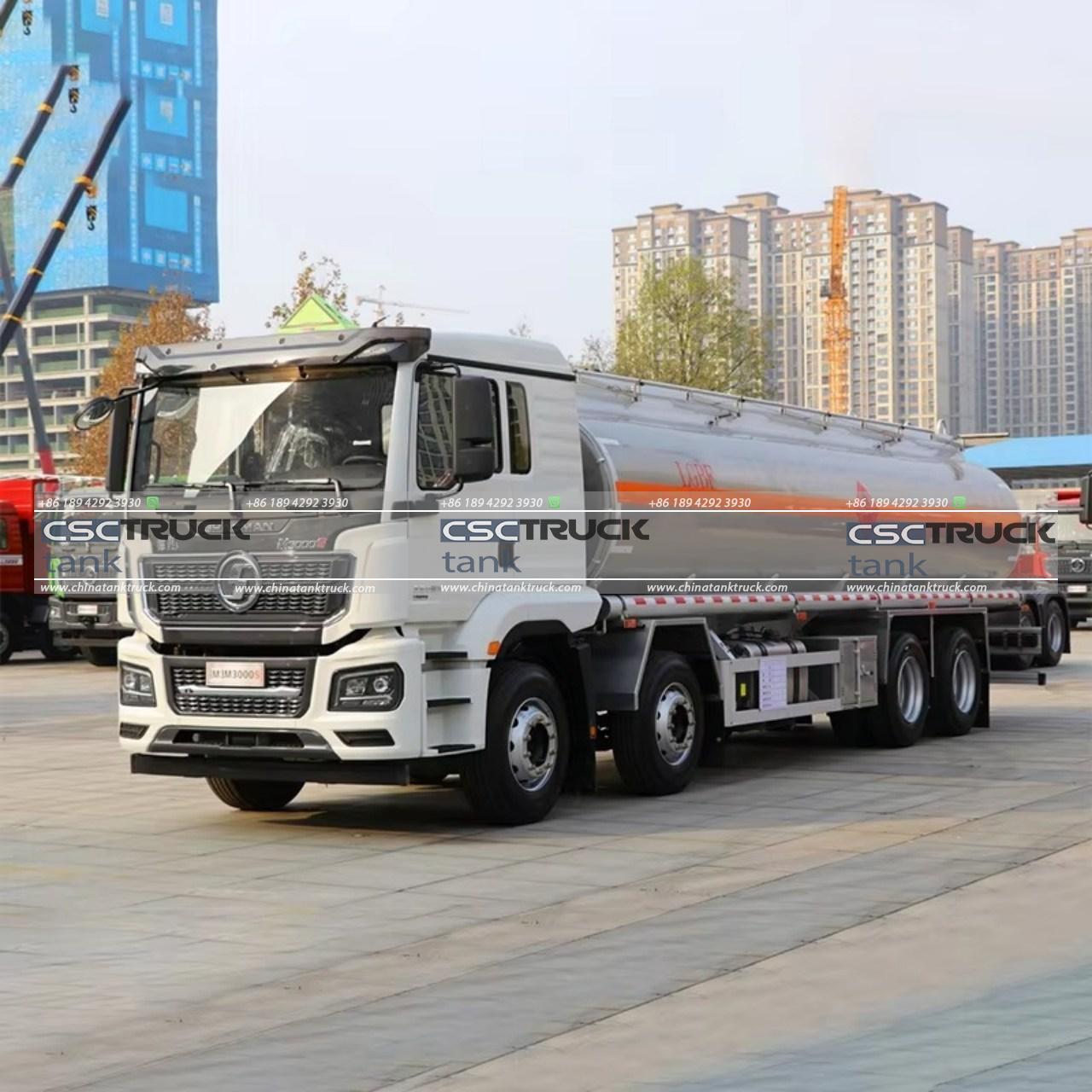
2. Standardization and Regulations
ISO Tanks:
One of the most significant advantages of ISO tanks is their standardization. Because they adhere to ISO standards, these tanks are universally recognized and accepted for international shipping. This standardization facilitates seamless transport across different modes, such as trucks, trains, and ships, without the need for special handling or additional equipment. ISO tanks must also comply with stringent safety and quality regulations, including those set by the International Maritime Organization (IMO) and other relevant bodies.
Normal Tanks:
Normal tanks do not conform to a global standard, meaning their design and construction can vary significantly. While they may adhere to local or industry-specific regulations, they lack the universal acceptance of ISO tanks. This lack of standardization can complicate logistics, particularly for international transport, as these tanks may require special permits, handling, and equipment to move across borders.
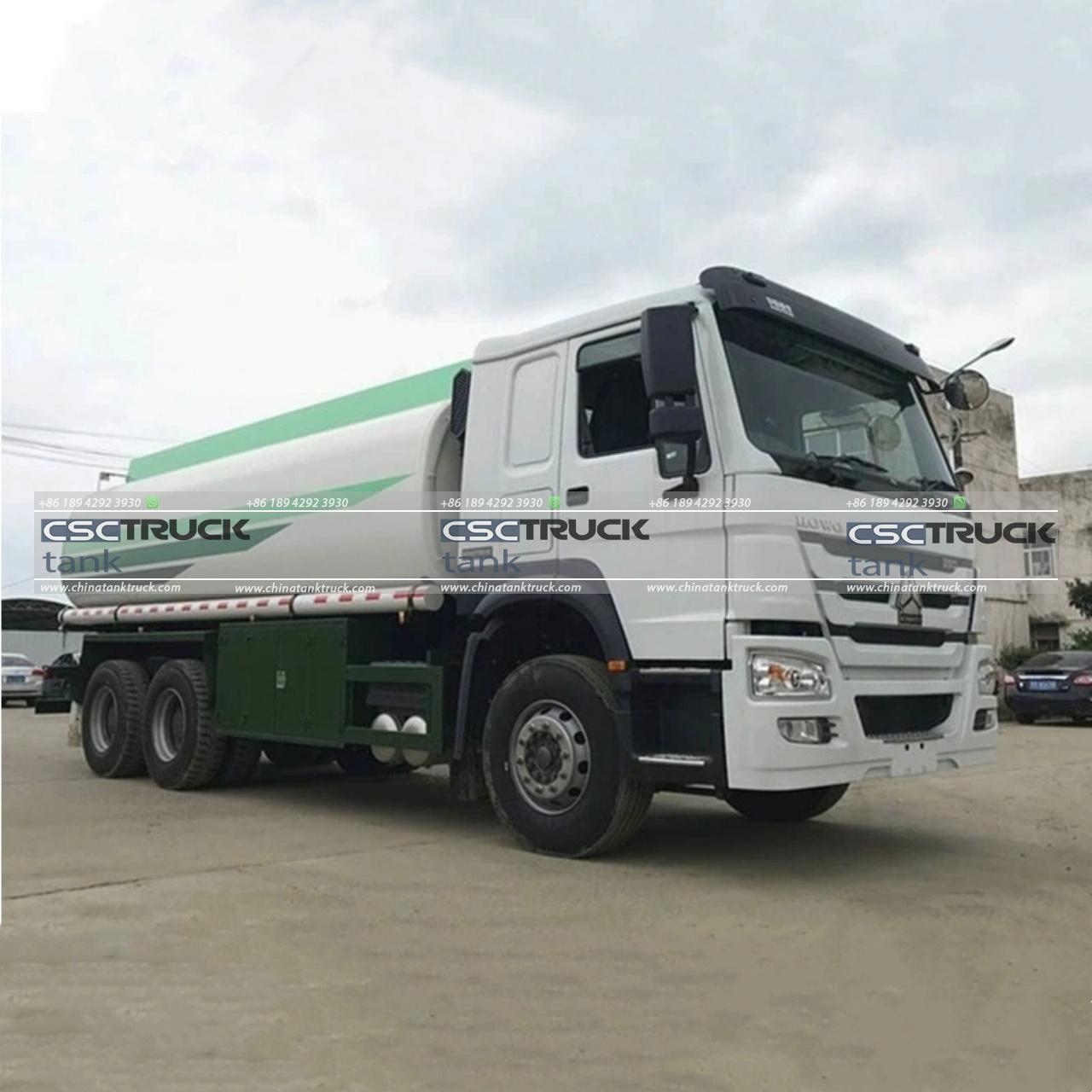
3. Versatility and Applications
ISO Tanks:
ISO tanks are incredibly versatile and used in a wide range of industries, including chemicals, food and beverage, pharmaceuticals, and petroleum. Their ability to transport various liquids, gases, and powders makes them an ideal choice for companies that need to ship bulk quantities safely and efficiently. Additionally, the robust construction and standardized dimensions of ISO tanks allow for stacking and intermodal transport, enhancing their utility in global supply chains.
Normal Tanks:
Normal tanks are often more specialized, and designed for specific applications and industries. For example, cylindrical tanks are commonly used in agriculture for storing water or fertilizers, while rectangular tanks may be employed in manufacturing for holding raw materials or waste products. This specialization means that while normal tanks can be highly effective for particular tasks, they lack the broad applicability and flexibility of ISO tanks.
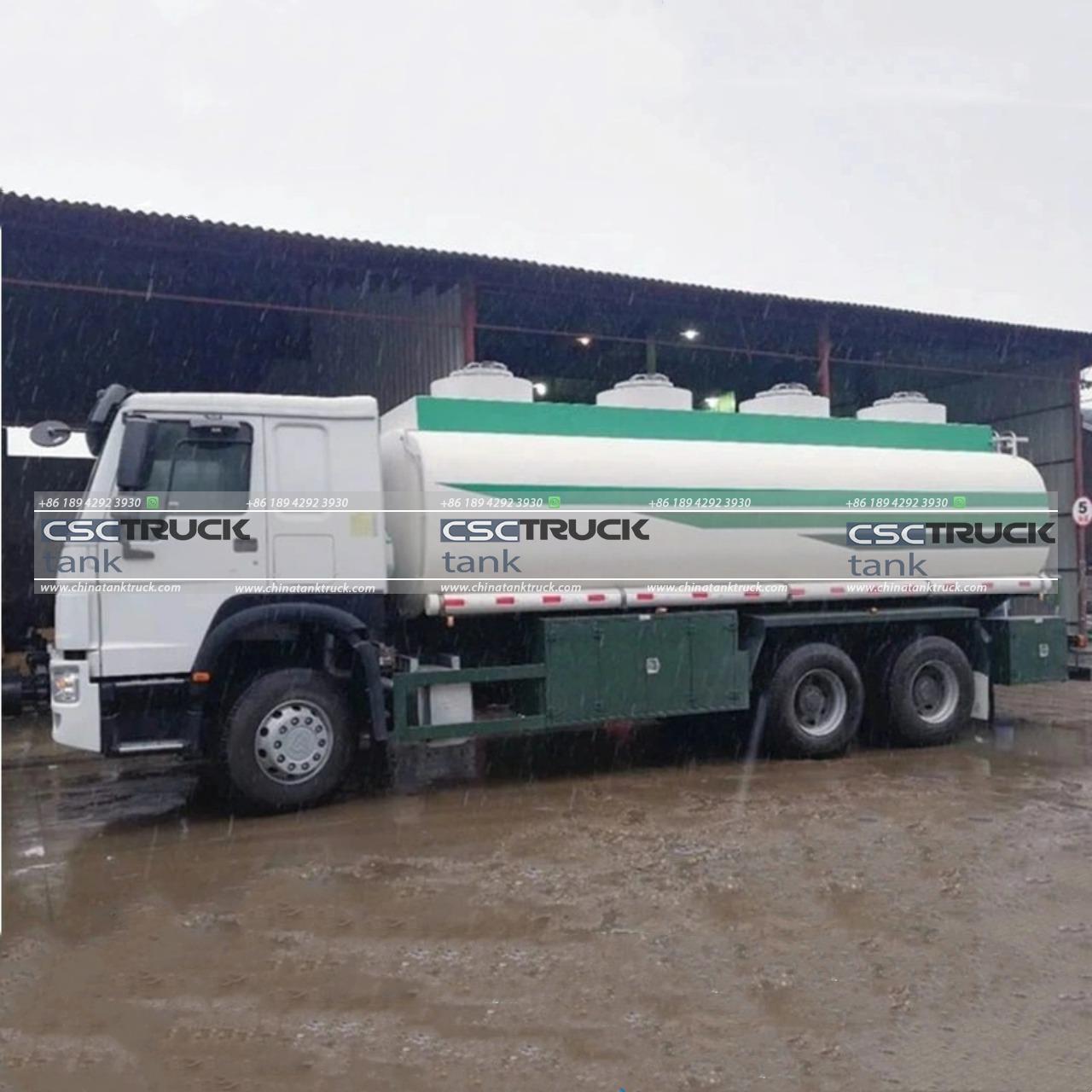
4. Durability and Maintenance
ISO Tanks:
Built to withstand harsh conditions and rigorous handling, ISO tanks are known for their durability. The use of high-quality materials like stainless steel ensures resistance to corrosion, chemical reactions, and physical damage. Maintenance of ISO tanks is also streamlined due to their standardized design, which allows for easy access to parts and consistent maintenance procedures. This durability and ease of maintenance contribute to the long lifespan of ISO tanks, often making them a cost-effective option over time.
Normal Tanks:
The durability and maintenance requirements of normal tanks can vary widely depending on their material and construction. Steel tanks, for instance, are robust and long-lasting but may require regular maintenance to prevent rust and corrosion. Plastic tanks, while resistant to many chemicals, can be susceptible to UV damage and physical wear. The lack of standardization means that maintenance procedures and parts can differ greatly, potentially increasing the complexity and cost of upkeep.
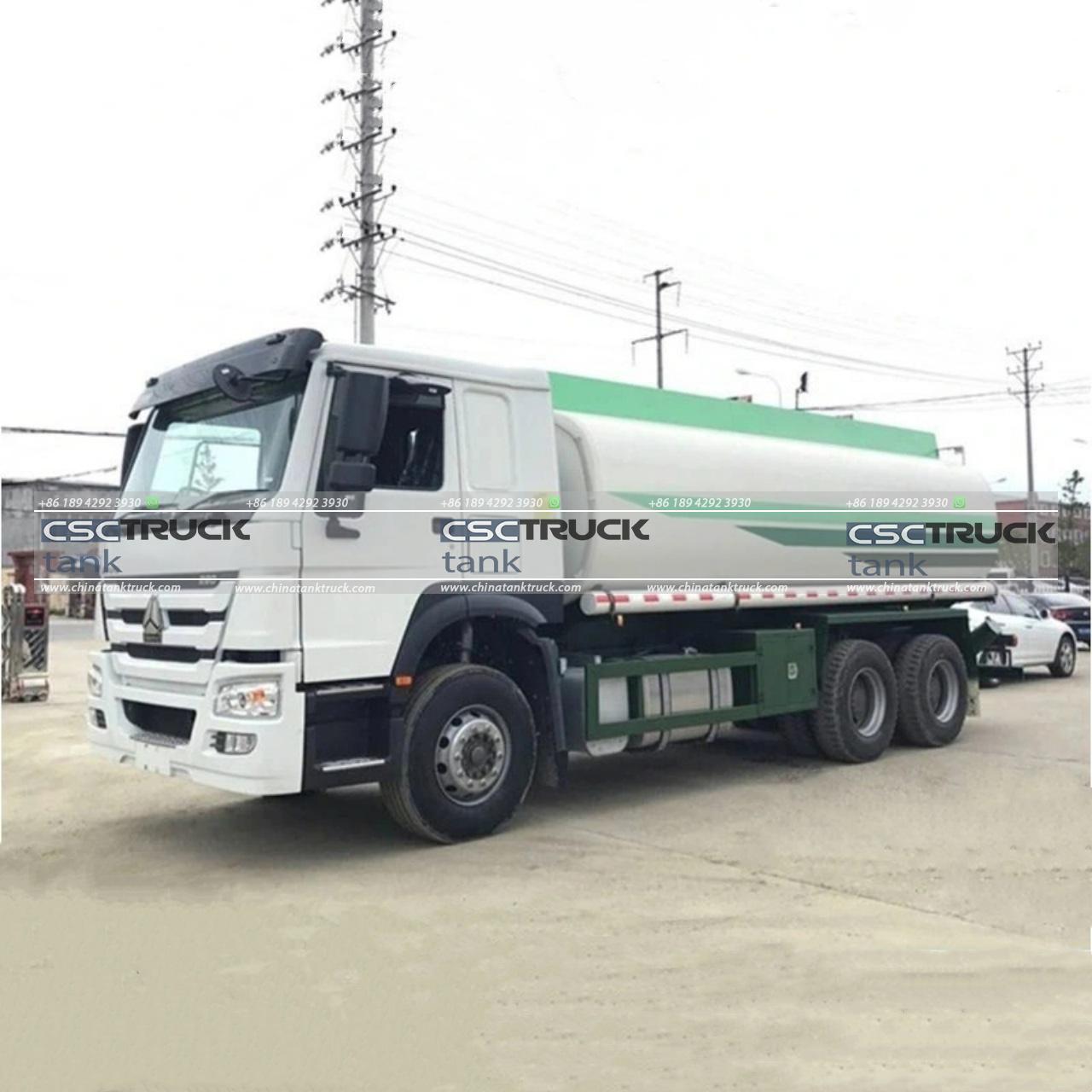
5. Cost and Investment
ISO Tanks:
The initial investment in ISO tanks can be higher compared to normal tanks due to their specialized construction and the need to meet stringent international standards. However, their durability, long lifespan, and transport efficiency can offset these upfront costs. Additionally, ISO tanks often have higher resale value due to their widespread acceptance and utility.
Normal Tanks:
Normal tanks generally have a lower upfront cost, making them an attractive option for smaller businesses or those with specific, localized needs. However, the potential for increased maintenance costs, limited transport options, and lower resale value can impact the overall cost-effectiveness of these tanks in the long run.
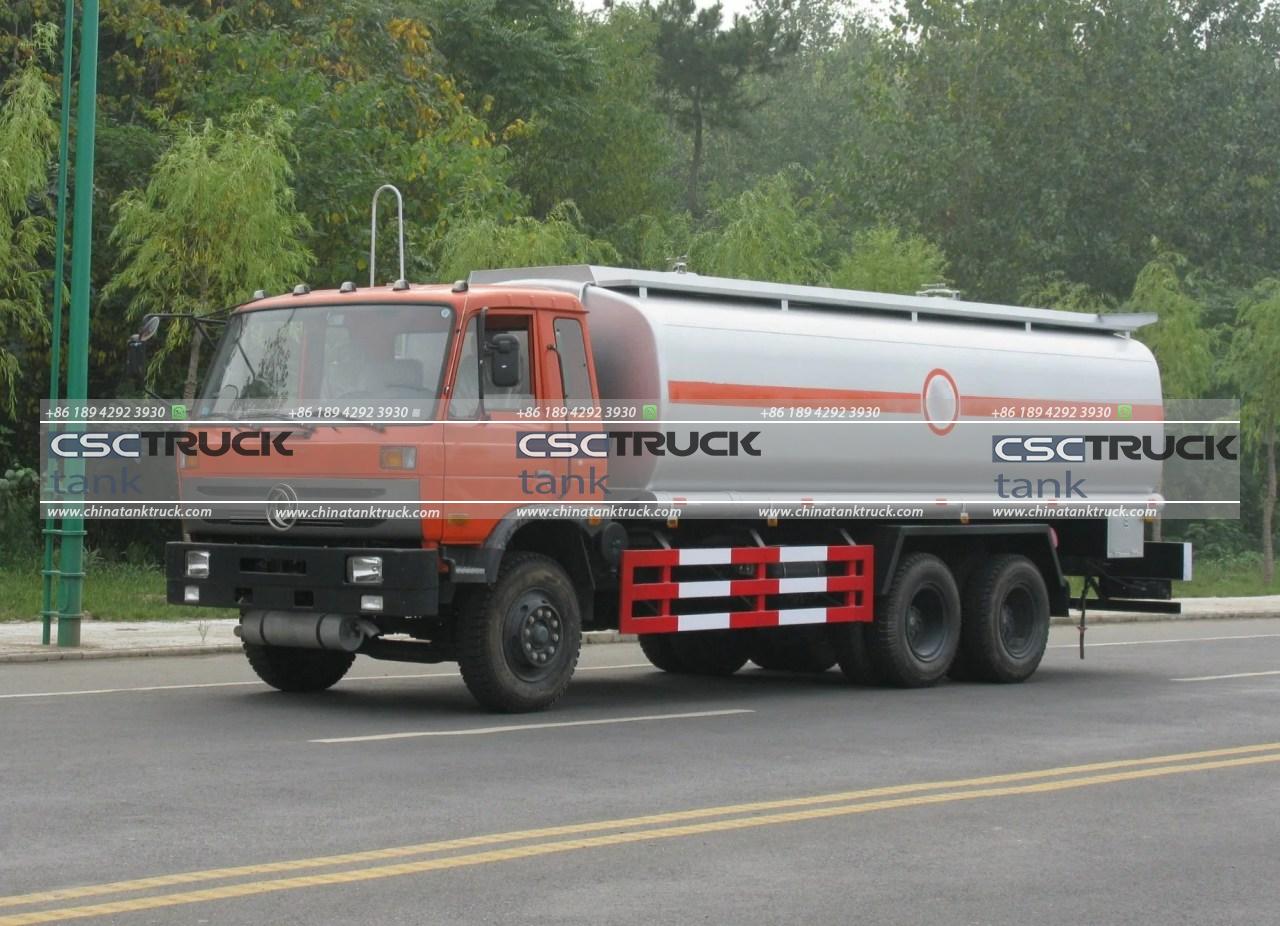
6. Environmental Impact
ISO Tanks:
ISO tanks are designed with sustainability in mind. Their reuse and long lifespan contribute to reducing waste and environmental impact. Additionally, their efficient transport capabilities mean fewer emissions during transit, as they can be moved seamlessly between different modes of transport without requiring repackaging or additional handling.
Normal Tanks:
The environmental impact of normal tanks depends largely on their material and use. For example, plastic tanks can contribute to plastic waste if not properly managed, while steel tanks may require more frequent replacements if not maintained. The need for specialized transport and handling can also increase the environmental footprint of normal tanks.
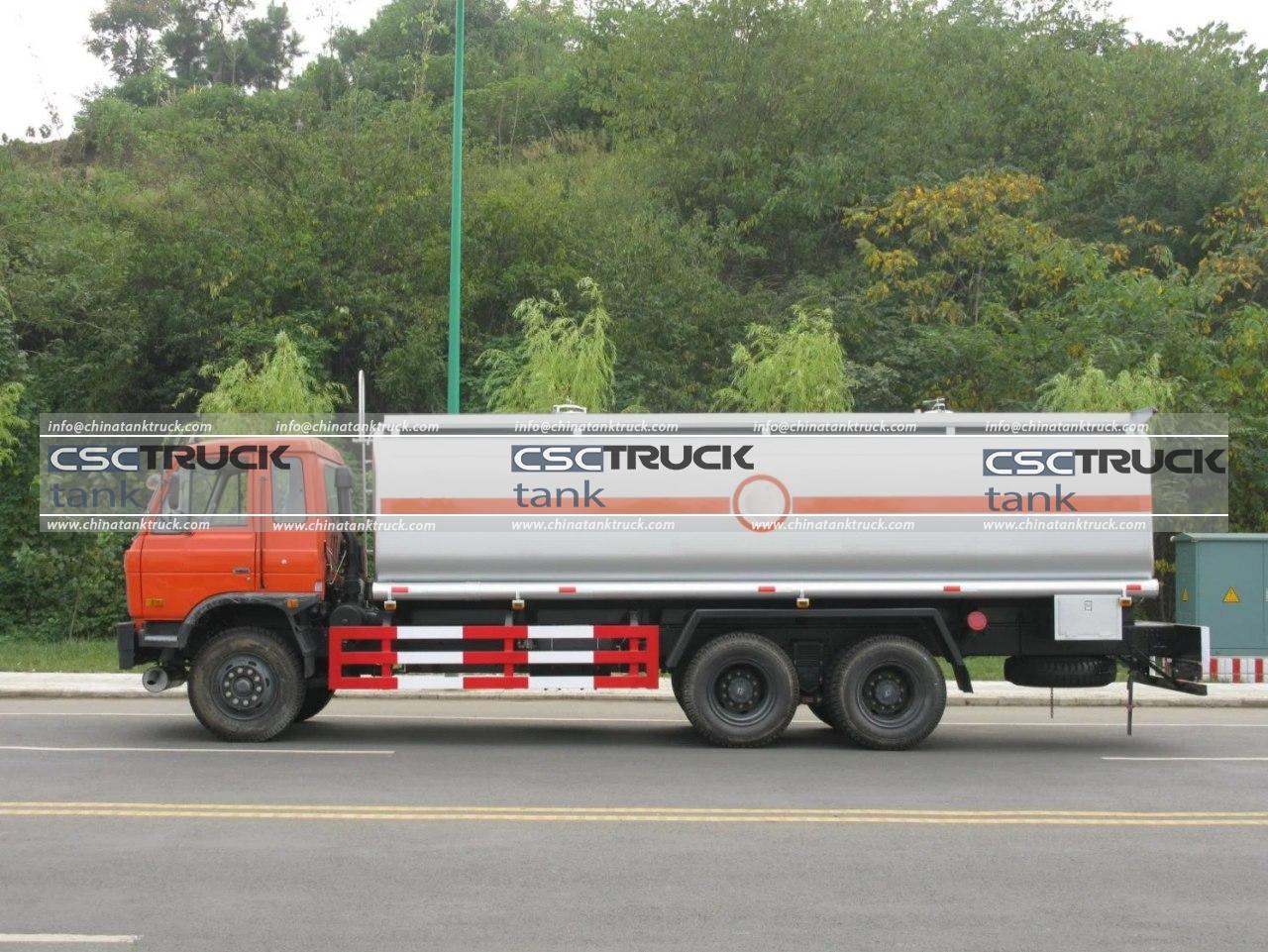
7. Safety and Risk Management
ISO Tanks:
Safety is a paramount concern in the design and use of ISO tanks. Their robust construction and compliance with international safety standards significantly reduce the risk of leaks, spills, and accidents. This focus on safety is crucial when transporting hazardous or sensitive materials, ensuring the protection of both personnel and the environment.
Normal Tanks:
While many normal tanks are designed with safety in mind, the variability in design and construction can lead to inconsistent safety standards. This inconsistency can pose risks, particularly when transporting or storing hazardous materials. Ensuring the safety of normal tanks often requires more rigorous and frequent inspections and maintenance.
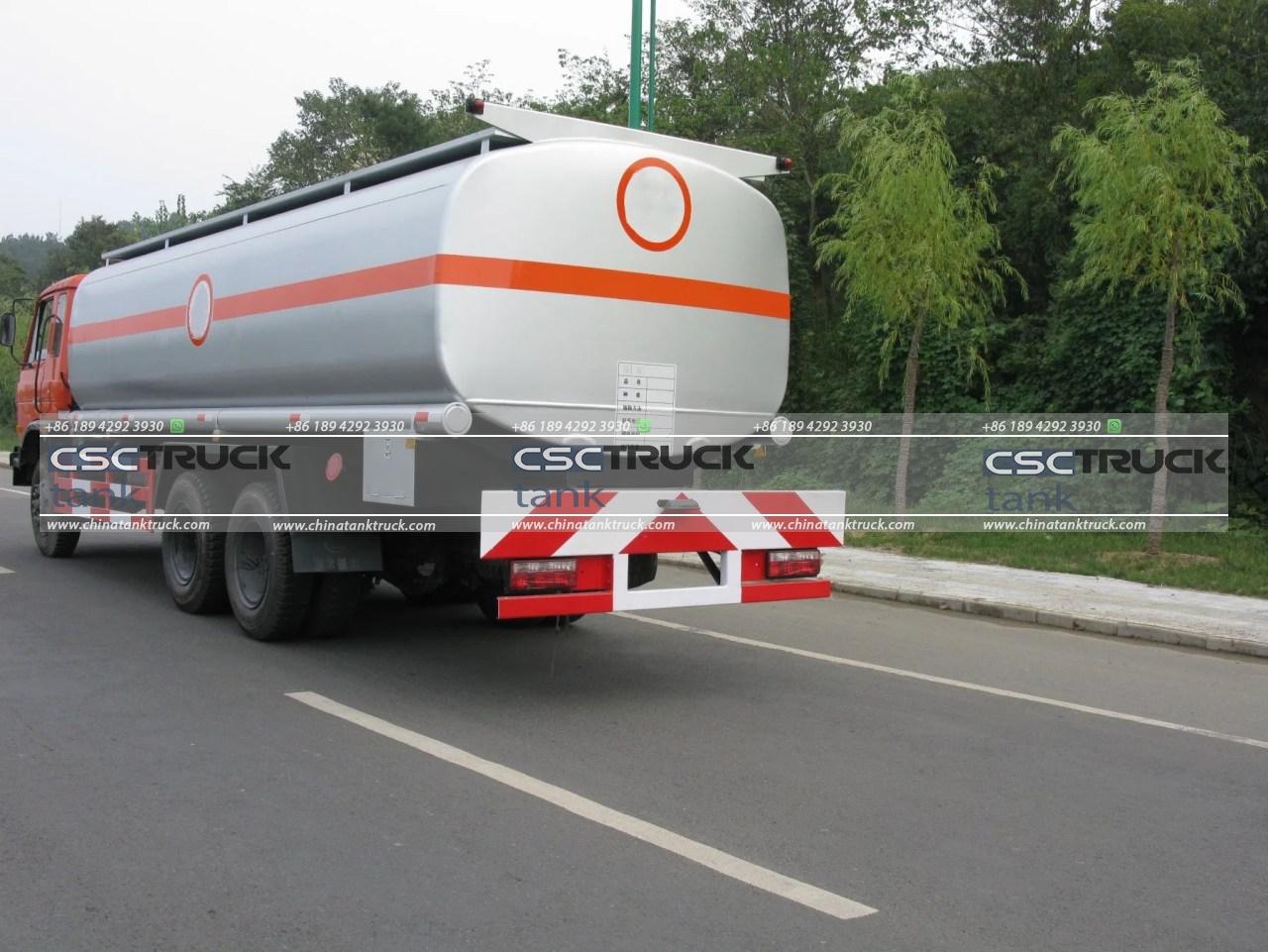
Conclusion
In summary, the primary differences between ISO tanks and normal tanks lie in their standardization, versatility, durability, and cost-effectiveness. ISO tanks, with their standardized design and compliance with international regulations, offer unparalleled efficiency and safety for global transport. In contrast, normal tanks provide specialized solutions for specific industries and applications, albeit with potential limitations in terms of standardization and versatility. Understanding these differences is crucial for businesses in selecting the right type of tank to meet their operational needs and ensure safe, efficient, and cost-effective transport and storage of bulk liquids.

